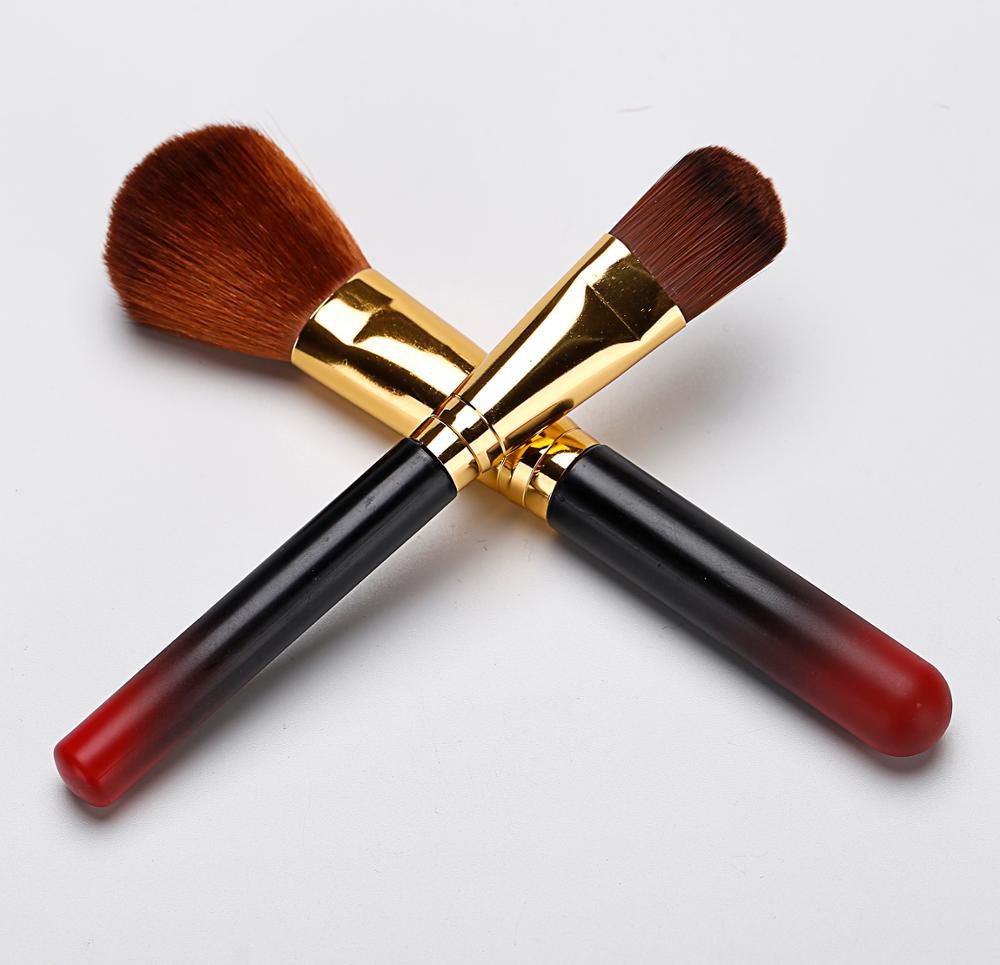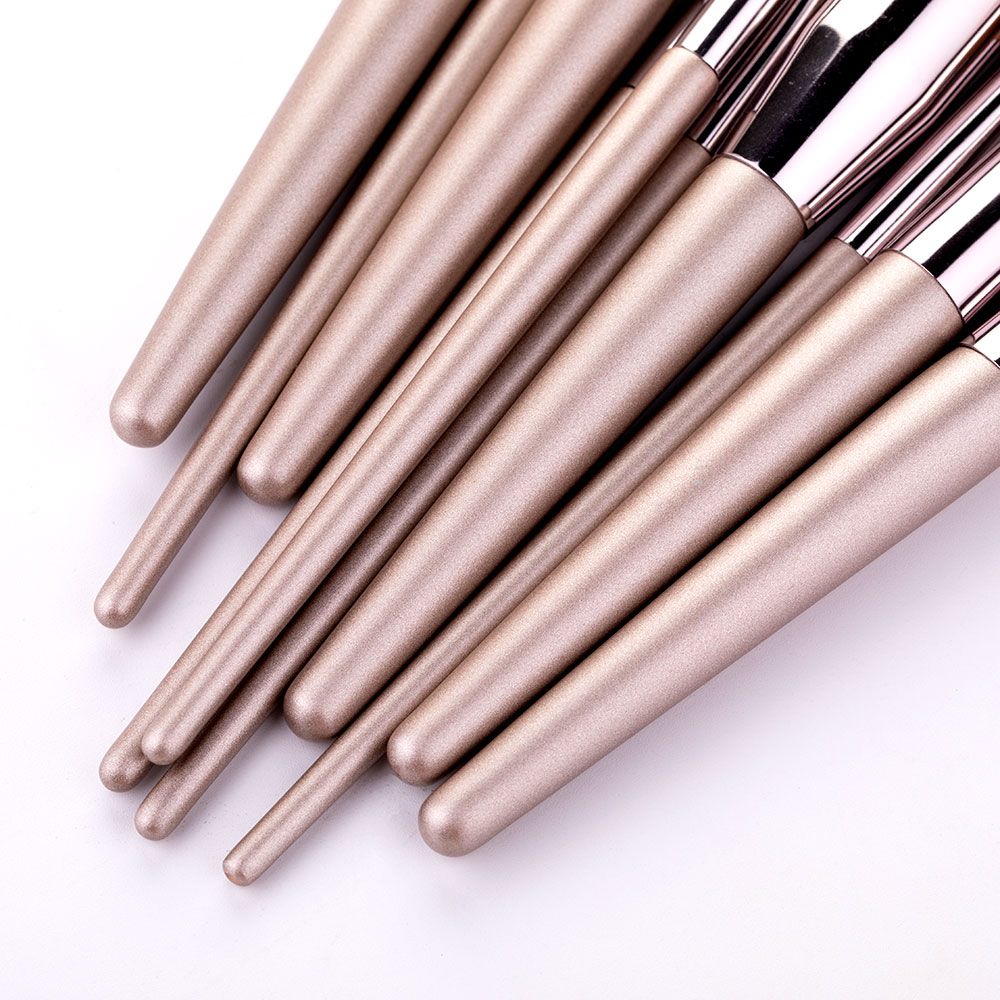Industry news
3D-Scanned Bristle Clusters: Customizing Density for Targeted Makeup Application (E.g., Under-Eye Concealer)
- 497 Views
- 2025-10-29 01:31:20
3D Scanned Bristle Clusters: Custom Density for Targeted Makeup Application, Especially Under-Eye Concealer
In the world of professional makeup, precision is non-negotiable—especially when it comes to delicate areas like the under-eye. Traditional makeup brushes, with their standardized bristle density, often fall short here: too dense, and they risk tugging thin under-eye skin or caking concealer; too sparse, and coverage becomes patchy, leaving dark circles or fine lines exposed. Enter 3D scanned bristle clusters: a technology reshaping how we design makeup tools by customizing density for hyper-targeted application, starting with under-eye concealer.
The problem with conventional brushes lies in their one-size-fits-all approach. Under-eye areas vary drastically in contour—from the hollows of the tear trough to the smooth skin near the cheekbone—and require dynamic density to adapt. A brush designed for broad cheek coverage can’t mimic the gentle, graduated pressure needed to blend concealer without irritation or demarcation lines. This gap is where 3D scanning technology steps in, turning facial topography into actionable bristle density data.
Here’s how it works: High-precision 3D scanners capture micro-details of the under-eye region—skin curvature, texture, and even subtle indentations from fine lines. This data feeds into algorithms that simulate bristle-skin interaction, calculating optimal density distribution: denser clusters at the center (to target dark circles with buildable coverage) and gradually sparser bristles at the edges (to soften blending, avoiding harsh lines). The result? A brush that “reads” the under-eye landscape, delivering concealer exactly where it’s needed, with zero over-application.

For beauty brands and professional artists, this isn’t just innovation—it’s a competitive edge. Today’s consumers demand tools that match the precision of their makeup routines, and 3D scanned clusters answer that call. Unlike generic brushes, these tools reduce product waste (less concealer needed for full coverage), minimize skin irritation (gentler contact), and elevate end-user satisfaction (flawless, natural-looking results).
As a leading manufacturer of化妆刷 and bristle technology, we’ve seen this shift firsthand. Brands are no longer asking for “better brushes”—they want “brushes that solve problems.” 3D scanned bristle clusters, with their custom density, solve the under-eye concealer dilemma by merging data-driven design with artisanal craftsmanship. It’s not just about making brushes; it’s about engineering tools that work with the face, not against it.
In an industry racing toward personalization, 3D scanned bristle clusters aren’t a trend—they’re the future of precision makeup application. And for brands ready to lead, the question isn’t if, but when to integrate this technology into their toolkits.












